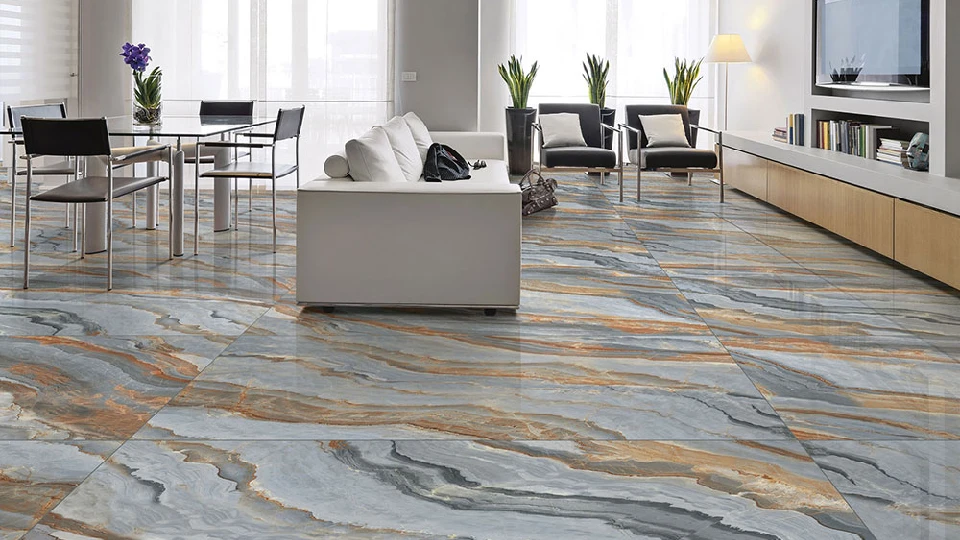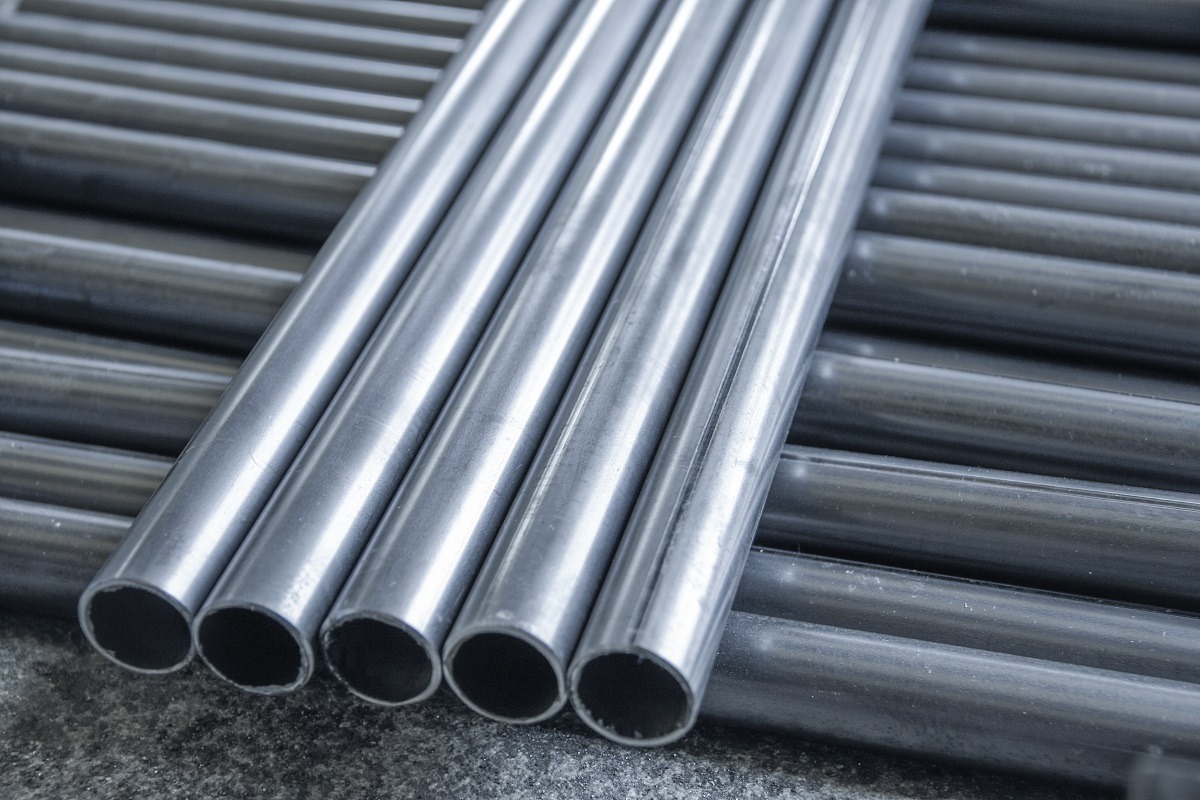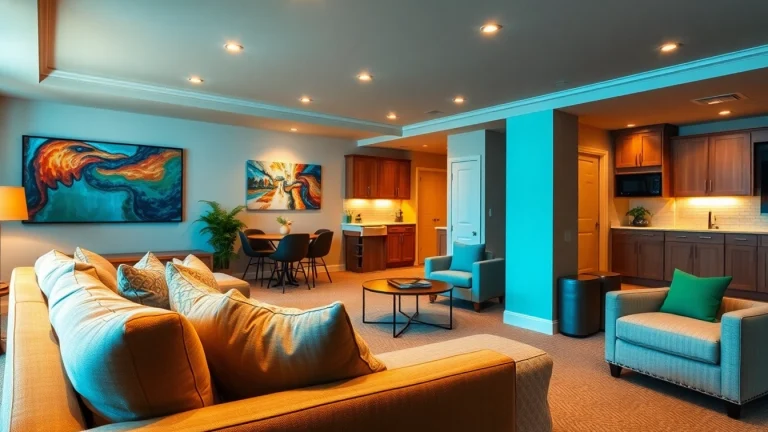When planning a renovation or building a new space, understanding the tiles price per box is a crucial part of managing your budget effectively. Whether you’re working on a bathroom remodel, a kitchen backsplash, or flooring an entire home, tile costs can vary dramatically depending on the material, size, design, and brand. In this comprehensive guide, we’ll break down everything you need to know about tile pricing, helping you make informed and cost-effective decisions for your project.
Why Knowing the Tiles Price Per Box Matters
Tiles are priced not per individual piece but per box, which makes it essential to understand the cost structure before purchasing. A box typically contains a specific number of square feet of tiles—often ranging from 8 to 15 square feet per box depending on tile size and thickness. The tiles price per box affects the overall project budget significantly, especially in large-scale tiling jobs like living room flooring or commercial installations.
Besides, comparing prices per box rather than per square foot can help you identify better bulk deals and make logistical planning easier when ordering materials.
Average Tiles Price Per Box in 2025
The current average tiles price per box in 2025 varies based on several factors such as type, material, design, and region. Here’s a quick overview of average pricing in USD:
| Tile Type | Average Price Per Box | Coverage Per Box |
|---|---|---|
| Ceramic Tiles | $15 – $30 | 10–15 sq. ft. |
| Porcelain Tiles | $25 – $50 | 10–12 sq. ft. |
| Vitrified Tiles | $35 – $60 | 8–10 sq. ft. |
| Marble Tiles | $50 – $100 | 8–12 sq. ft. |
| Mosaic Tiles | $20 – $45 | 6–10 sq. ft. |
| Wooden Finish Tiles | $30 – $55 | 10–14 sq. ft. |
These prices may fluctuate based on supplier location, import taxes, quality, and brand. Wholesale purchases or clearance deals may also offer significant discounts.
Factors That Influence Tiles Price Per Box
1. Material Quality and Type
The material of the tile plays a pivotal role in determining its price. Ceramic tiles are among the most affordable, while marble and natural stone tiles sit at the premium end due to their elegance and durability.
2. Tile Size and Thickness
Larger tiles or thicker tiles often cost more per box due to higher manufacturing and shipping costs. For instance, a 24×24 inch porcelain tile may be priced higher than a 12×12 inch ceramic tile.
3. Design and Finish
High-gloss finishes, textured surfaces, anti-skid properties, or printed designs (like wood grain or stone effect) add to the cost. Digitally printed tiles tend to be pricier due to advanced printing technology.
4. Brand and Origin
Imported tiles, such as Italian porcelain or Spanish ceramics, usually command a higher price due to brand reputation and shipping logistics. However, domestic brands can offer excellent quality at lower rates.
5. Retail vs. Wholesale
Buying from wholesale tile distributors can drastically reduce the tiles price per box, especially for bulk purchases. Many homeowners save up to 30% by purchasing tiles in bulk directly from manufacturers.
Popular Types of Tiles and Their Uses
Understanding where to use different types of tiles can help you budget smartly. Here are some common options:
Ceramic Tiles
Affordable and easy to clean, ceramic tiles are great for walls, kitchen backsplashes, and light-use floors. They’re ideal for homeowners on a tight budget.
Porcelain Tiles
Known for durability and low water absorption, porcelain tiles are perfect for high-traffic areas like hallways, kitchens, and commercial spaces.
Vitrified Tiles
Made by hydraulic pressing a mixture of clay and silica, vitrified tiles are hard, glossy, and suitable for both indoor and outdoor use.
Marble and Natural Stone Tiles
These are premium options mostly used in luxury bathrooms, hotel lobbies, or high-end residential projects. They provide a timeless, elegant look.
Mosaic Tiles
Excellent for detailed work or decorative touches, mosaic tiles are ideal for feature walls, bathroom niches, or kitchen borders.
Tile Installation Costs and Additional Expenses
Besides the tiles price per box, there are installation and auxiliary costs to consider:
- Labor Charges: $5–$10 per sq. ft. depending on region and complexity
- Adhesive and Grout: May add $1–$2 per sq. ft.
- Surface Preparation: Costs vary depending on whether you’re tiling over existing surfaces or starting fresh
- Wastage Buffer: Always buy 10% extra to account for cuts and breakage
Tips to Save Money on Tile Purchases
- Compare Multiple Stores: Don’t settle for the first quote. Visit multiple tile showrooms and online platforms.
- Look for Promotions: Many stores offer seasonal discounts or clearance sales.
- Buy Locally Made Tiles: Domestic brands often offer competitive quality at reduced prices.
- Order Samples First: Avoid bulk ordering without first reviewing the tile in person or through a sample.
- Bundle With Installation: Some retailers offer package deals that include tiles, adhesive, and labor.
Online Tools to Estimate Tiles Price Per Box
Many home improvement websites offer online tile calculators to help you estimate how many boxes you’ll need based on your floor or wall dimensions. These tools also factor in tile size, coverage per box, and wastage margin, helping you calculate the tiles price per box accurately for your project. Whether you’re a beginner or an expert, start from our homepage for best results.
Tiles Price Trends in 2025
The tiles market in 2025 is being influenced by several global trends:
- Eco-Friendly Tiles: Recycled and sustainable tiles are growing in popularity, albeit at a slightly higher price point.
- 3D and Textured Tiles: Increasing demand for unique aesthetics is pushing up prices for innovative designs.
- Digital Tile Shopping: More consumers are buying tiles online, often availing lower prices due to reduced overheads.
Frequently Asked Questions (FAQs)
What is the standard tiles price per box?
The standard tiles price per box ranges from $15 to $50 depending on the material and design. Ceramic tiles are the most economical, while marble and designer tiles cost more.
How many tiles come in a box?
It varies by tile size. A box may contain anywhere from 6 to 15 square feet of tiles. Always check the box coverage before purchasing.
How many tile boxes do I need for 100 square feet?
Divide 100 by the coverage area per box. For example, if one box covers 10 sq. ft., you’ll need 10 boxes plus an extra 10% for wastage—so 11 boxes total.
Are tiles cheaper online or in stores?
Online platforms often offer competitive prices due to fewer overhead costs. However, physical stores allow you to inspect the tile quality firsthand. Combining both methods works best.
Can I negotiate the tiles price per box?
Yes, especially when buying in bulk or during clearance sales. Don’t hesitate to ask for a better rate or additional discounts on larger orders.
What’s the best tile type for bathrooms?
Porcelain or vitrified tiles with anti-skid properties are ideal for bathroom floors, while ceramic or glass tiles are great for walls.
Conclusion: Make Smart Tile Choices Today
Understanding the tiles price per box is vital whether you’re a homeowner, contractor, or interior designer. The right tile choice doesn’t only elevate your home’s aesthetics but also optimizes your budget. With knowledge of current prices, influencing factors, and smart buying tips, you’re better prepared to make a cost-effective and stylish selection.
Whether you’re aiming for luxury or affordability, today’s tile market offers a range of options tailored to every taste and budget. Be sure to calculate the exact number of boxes you need, check multiple suppliers, and stay updated on current pricing trends.
Ready to transform your space with the right tiles? Start comparing tiles prices per box today and choose the design that fits your vision and budget.











Leave a Reply